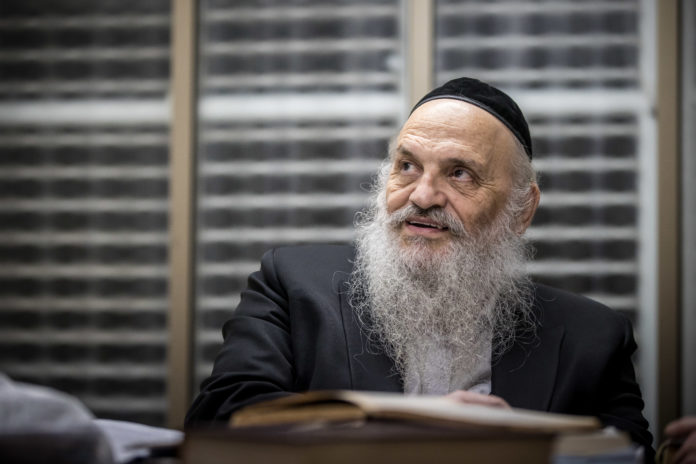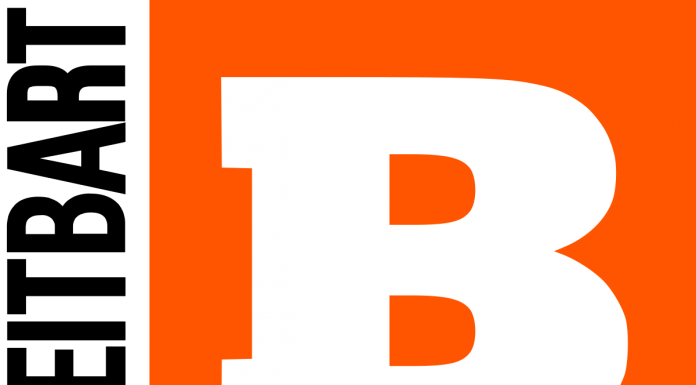One of the more colorful and charismatic members of the Brisker dynasty was undoubtedly the rosh yeshivah, Rav Yechiel Michel Feinstein (1906–2003), the father of Rav Chaim Feinstein, my revered host. Orphaned of his own father, Rav Avrohom Yitzchok, at the age of seven, he went to live with his grandfather, Rav Dovid Feinstein, the rav of the city of Starobin in Belarus. In his grandfather’s home, the young Michel developed a close relationship with his uncle, Rav Moshe Feinstein.
When World War II broke out, he traveled to Vilna with other talmidim from the Mir, and he would hear shiurim from the Brisker Rav, who had also found refuge in the Lithuanian capital. From Vilna, Rav Michel joined the Mirrer yeshivah on its journey to Japan before traveling to the United States in 1941, moving first to Boston to serve as rosh yeshivah in the yeshivah of his cousin Rav Yoshe Ber Soloveitchik. Less than a year later, his uncle, Rav Moshe Feinstein, asked him to serve at his side at Mesivta Tifereth Yerushalayim on the Lower East Side of Manhattan.
In 1946, Rav Michel visited Eretz Yisrael, where he immediately reunited with the Brisker Rav. He married the Brisker Rav’s daughter Lifsha in August of that year. He then returned to the United States, where he continued to serve in the capacity of maggid shiur in MTJ until 1952, when he and his family immigrated to Eretz Yisrael and established Yeshivas Beis Yehudah in Tel Aviv.
After his passing on May 17, 2003 (16 Iyar 5763), his esteemed sons Rav Chaim and Rav Dovid Feinstein inherited his position as roshei yeshivah at Beis Yehudah. Rav Chaim (born in 1954), whom I have the great privilege of visiting today in his home in Bnei Brak, also serves as a rosh yeshivah at Yeshivas Ateres Shlomo, which was founded by Rav Sholom Ber Sorotzkin, and is recognized as a gadol in his own right. In fact, Rav Berel Povarsky relates that when Rav Chaim Feinstein turned three, his father, Rav Michel, took him to his grandfather, the Brisker Rav, for a brachah. The Brisker Rav bentched him, “Zulst kenen lernen—You should be knowledgeable in Torah.” Rav Michel then turned to the Brisker Rav and asked, “Why didn’t you bentch him that he should be an adam gadol?” “In the future,” replied the Brisker Rav, “the term ‘adam gadol’ won’t necessarily refer to talmidei chachamim. I am therefore bentching him that he should be among those who are true gedolei Torah.”
As an einikel of the Brisker Rav, did you learn in Brisk, perhaps by one of the Brisker Rav’s sons?
I learned by my father, the Rav’s son-in-law, who was a fusion of the Feinstein family and the Torah of the Brisker Rav. For 20 years, I heard shiurim from him on many masechtos. I also learned a little by the Ponevezher rosh yeshivah.
Your father was known for having a kollel. Was there a yeshivah as well?
Yes, but it later became more focused on the yungeleit. Rav Moshe Shapiro learned by my father as a bachur.
You said that your father was a fusion of the various derachim, but the result of bringing them all together must have been very rich.
Correct. It was a blend of the yeshivishe derech and the Rav’s derech. He expounded on things in great detail and also engaged in more chakirah, whereas the Rav was more direct and would primarily quote the Gemara and Rambam. The blend also included the Mirrer mashgiach Rav Yerucham. Rav Yerucham didn’t just speak about hargashos of mussar. He would also learn through Midrashim on a very deep level.
And in his own terminology, in a way that was unique to him.
Exactly. I see that you’re familiar with Rav Yerucham’s writings.
My rosh yeshivah, your uncle, Rav Dovid Soloveitchik, would occasionally quote Rav Yerucham. He learned in Mir at some point.
Only for one Elul.
Incidentally, the Rav’s shiur in Brisk came about thanks to my father: megalgelin zechus al yedei zakai. This was long before he married the Rav’s daughter.
That’s fascinating. Tell me how it happened.
My father was among the best bachurim in Mir, along with Rav Leib Malin, Rav Yonah Minsker (Karpilov) and Rav Simcha Sheps, and he was chavrusos with Rav Naftali Wasserman, the son of Rav Elchonon. My father had also learned by Rav Isser Zalman Meltzer in Slutzk when he was younger. When Rav Aharon Kotler made a chanukas habayis in Kletzk, Rav Isser Zalman, who was Rav Aharon’s shver and was already living in Yerushalayim, traveled to Kletzk for the occasion. My father decided to go to Kletzk from Mir to see Rav Isser Zalman. After speaking in learning with him, Rav Isser Zalman said, “You have grown in learning very much, and I think that Rav Velvel [i.e., the Brisker Rav] would be good for you. He is very ‘clean.’”
The Mirrer rosh yeshivah was also present at the chanukas habayis, so my father asked Rav Isser Zalman to ask for his permission for the transfer. The Mirrer rosh yeshivah agreed, and he added that he wanted his own son, Rav Meir Finkel, to go along with him. So they both went to the Rav, and from that time on small groups of bachurim began to travel to the Rav in rotation. There were also a couple of Brisker bachurim, but the Mirrer bachurim were the main part of the shiur, and they were all great people.
The Mirrer rosh yeshivah once said, “I have 20 or 30 roshei yeshivah in my yeshivah.” The minhag became that a couple of bachurim would go from Mir to Brisk for half a year to a year at a time. When they came back to Mir, they would teach everyone the Rav’s Torah, and that’s how his teachings became widely disseminated. Up until then, everyone had learned the shiurim of Rav Shimon Shkop and Rav Boruch Ber, which were taught orally. This gave the Rav’s Torah a much greater pirsum, because in Brisk there hadn’t been many talmidim, whereas Mir had between 300 and 400 talmidim. My father was the first one to disseminate his Torah.
Another thing my father accomplished was in connection to the Torah of Rav Chaim Brisker, whose sefarim weren’t published until 5696 (1936). In the early ’30s, all they had was some stencils, and they knew a number of vertlach in Rav Chaim’s name. When my father was in Brisk, he got to see the handwritten ksav yad before it was published, which Rav Chaim had prepared in a very orderly fashion. Every Friday night, the Rav would take out the manuscript and give it to my father and the other bachurim to learn from.
One time there was a debate over what Rav Chaim had meant by a particular statement. My father stated his opinion, and someone else gave a different opinion. The Rav stood up, gave my father a kiss on his forehead and said, “That’s the pshat. That is exactly what my father intended.” When they left Brisk to return to Mir, the Rav gave them the first booklet that was printed, which was on Hilchos Tefillah. In it, Rav Chaim says that the cheftza of tefillah is standing before the King, and the kavanah that is required for the first brachah of Shemoneh Esrei is peirush hamillos.
When my father returned to Mir, he went to the mashgiach, Rav Yerucham. Rav Yerucham had a greater influence on the yeshivah than other mashgichim had in other places. These bachurim were great lamdanim and they all had a lot of derech eretz for Rav Yerucham, from whom they received the foundations of mussar. When my father showed him what Rav Chaim writes about standing before the King, Rav Yerucham said, “This is what we’ve been saying!”





















